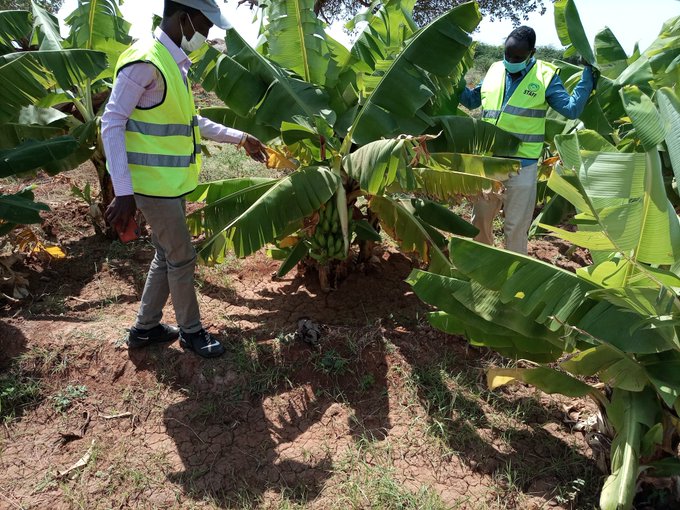- info(@)codhnet.or.ke
- +254 728 848 494
- AMCO Crystal Building, OPP Total Petrol Station, Limuru Road – Parklands
Environmental Protection & Climate Change
- Home
- Environmental Protection & Climate Change

Environmental Protection and Climate change
Nearly 70 % of Somalia’s population depend on agricultural and pastoralist livelihoods. Livestock accounts for around 40% of GDP and more than 50% of export earnings for Somalia. That means nearly 8 million Somalis are dependent on livestock production to survive. Livestock production and animal husbandry requires reliable supplies of water and pasture land. However, farmers and pastoralists in Somalia are becoming increasingly sensitive to the intense droughts, residual flooding, and loss of grazing land caused by climate change.
In Somalia Hiran region of Hirshabelle state, pastoralists are grappling with frequent and severe droughts, affecting their herds and their livelihoods. Large numbers of livestock in this area have died, putting more pressure on an already weak economy. Climate change and resource scarcity are exacerbated by a lack of policies on land-use and disaster risk management at the national level.
CoDHNet’s Environment Project has been working with government institutions, district authorities and local communities to ensure that Somali men and women have the resources and support needed to deal with the environmental and economic impact of climate change.
To build Somali capacity for environment protection and natural resource management, CoDHNet worked with Ministry of Environment of Somalia and Rural Development, Hirshabelle authories and the Beledweyne district local authorities to support the highly vulnerable Beledweyne pastoralist communities to better manage the risks induced by climate change – particularly drought and floods.
Local authorities must be empowered to analyse and understand the environmental risks to their communities and economies. This includes the tools and knowledge to design projects and interventions which help alleviate the impact of seasonal droughts and floods on local herders and livestock. In Beledweyne, this meant implementing joint projects to rehabilitate and regenerate 2000 hectares of land with soil conservation inputs, and build the river brackage alomg sites, which protect and contral the revier level and floods hazerds.

